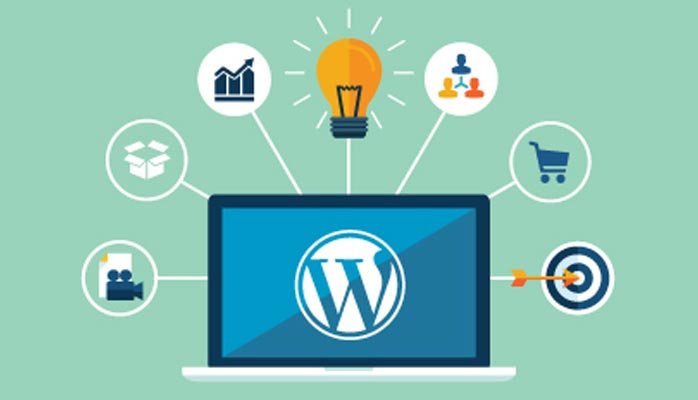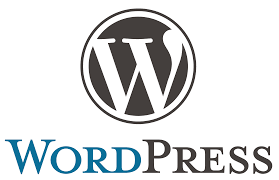Introduction
Welcome to the world of WordPress security! Keeping your website safe is essential in today’s digital world. WordPress is one of the most popular content management systems, and it is important to ensure that you have the proper security measures in place to protect your website from malicious attacks.
In this article, we will discuss the various security measures you can take to keep your website safe and secure. We will also provide some tips on what to do if you think your website has been compromised.
Essential Security Measures to Keep Your WordPress Website Safe
Keeping your WordPress website safe is essential to protect your data and website from malicious attacks. There are a few key security measures you can take to ensure your WordPress website remains secure.
1. Keep WordPress, themes, and plugins up to date. This will ensure that you are using the latest security features and that any potential vulnerabilities have been patched.
2. Use strong passwords and enable two-factor authentication. Strong passwords are the best defense against malicious actors. Additionally, two-factor authentication provides an extra layer of protection.
3. Use a reliable web host. Find a web host that offers secure hosting, malware scanning, and other security features.
4. Limit user access. Only give access to those who need it, and always make sure to delete any user accounts that are no longer in use.
5. Install a security plugin. Security plugins can detect malicious activity and alert you if anything suspicious is happening on your website.
By following these essential security measures, you can keep your WordPress website safe and secure.
Securing Your WordPress Login Details
Securing your WordPress login details is vital for having a secure website. WordPress security is essential for keeping your website safe and secure. Taking a few simple steps can help you protect your website from malicious attacks, hacks, and data breaches.
First, you should always use a strong password for your WordPress account. Choose a combination of upper and lower case letters, numbers, and symbols. Never use the same password for multiple sites or accounts.
Next, make sure to enable two-factor authentication (2FA) for your WordPress account. This adds an extra layer of security by requiring an additional code to be entered when you log in.
You should also keep your WordPress software up-to-date. This will ensure that any new security patches and updates are installed. You should also use a reliable security plugin to help monitor and protect your website from malicious attacks.
Finally, always back up your website. This way, if something goes wrong, you have a copy of your website that you can restore.
By taking these steps, you can help ensure that your WordPress login details are secure. Keeping your website safe and secure is essential for keeping your data and visitors safe.
Best Practices for Keeping Your WordPress Website Secure
Keeping your WordPress website secure is a top priority for any website owner. It is important to understand the best practices for maintaining website security and ensuring that your WordPress website is safe from malicious attacks. Here are some of the best practices for keeping your WordPress website secure:
1. Update WordPress Core and Plugins Regularly: One of the best ways to keep your WordPress website secure is to make sure that you are always running the latest version of WordPress and all the plugins that you are using. Updating regularly is important as it helps to patch any security vulnerabilities that could be exploited by hackers.
2. Use a Secure Password: It is essential to use a strong and unique password for your WordPress website. Make sure it contains a mix of upper and lower case characters, numbers, and symbols. Avoid using common passwords or dictionary words, as they are easy to guess and can be vulnerable to brute force attacks.
3. Back Up Your Website: Make sure to back up your website regularly. This will ensure that you have a copy of your website that you can restore in case of any malicious attack. You can either use a WordPress plugin or an external backup service to back up your website.
4. Use a Web Application Firewall: A web application firewall can protect your website from malicious attacks such as SQL injection, cross-site scripting, and brute force attacks. You can use a plugin such as Wordfence to add a layer of security to your WordPress website.
5. Monitor Your Website: Monitoring your website can help you identify any malicious activities or suspicious activities that are taking place on your website. You can use tools such as Sucuri or Wordfence to monitor your website and alert you if any malicious activities are detected.
By following these best practices, you can ensure that your WordPress website is secure and protected from any malicious attacks. Always make sure to keep your WordPress website up to date and use strong passwords and security plugins to protect your website from any malicious activities.
Tips for Maintaining Website Security on an Ongoing Basis
Maintaining website security is a critical aspect of running a successful website. WordPress is the most popular content management system (CMS) used by millions of websites. It is important to keep your WordPress website secure to protect your site from malicious attacks. Here are some tips for maintaining website security on an ongoing basis:
1. Update WordPress regularly – Make sure you keep your WordPress version up to date. New releases often come with security patches that help protect your website from hackers and malicious attacks.
2. Use strong passwords – Create strong passwords for your WordPress website and change them regularly. Avoid using the same password for multiple accounts.
3. Use two-factor authentication – Two-factor authentication adds an extra layer of security to your WordPress website. You can set it up so that someone needs to enter a code sent to your phone or email in order to log in.
4. Use a security plugin – There are a variety of security plugins available for WordPress that can help protect your website from malicious attacks. Look for one that offers real-time monitoring and protection.
5. Monitor user accounts – Monitor the user accounts on your WordPress website and delete any that are inactive or suspicious.
By following these tips, you can help ensure that your website is secure and protected from malicious attacks. Make sure to monitor your website regularly and update your security measures as needed.
Conclusion
The importance of website security is unquestionable. It is essential to ensure that your website is secure, and this is especially true for WordPress websites as they are a popular target for hackers. Fortunately, there are a number of steps that you can take to secure your WordPress website and keep it safe from malicious attacks. These steps include using strong passwords, regularly updating WordPress core, plugins and themes, using secure hosting, and making regular backups. By following these steps, you can keep your website secure and protect it from potential harm.













